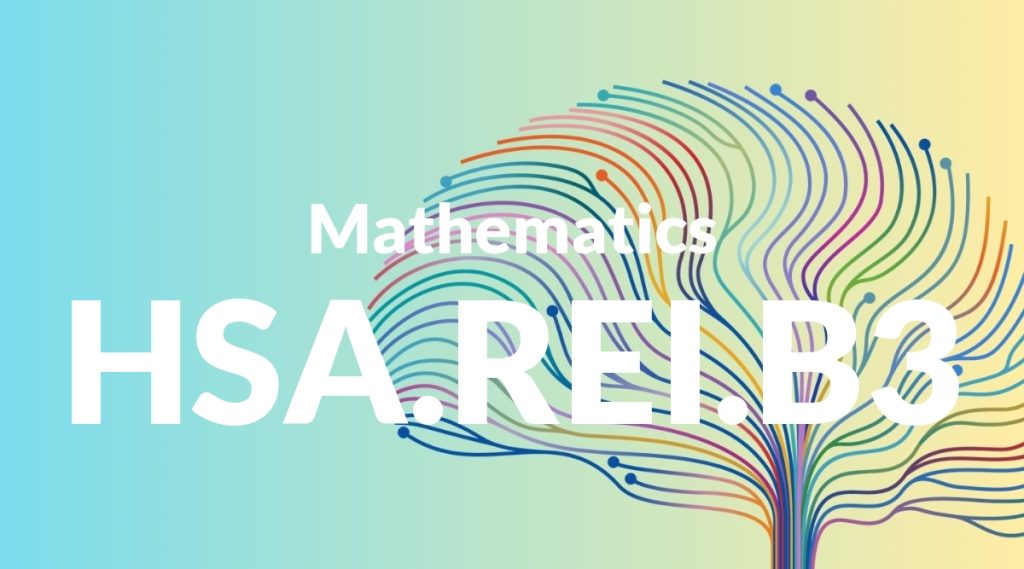Standard: HSA.REI.B3 – Solve linear equations and inequalities in one variable, including equations with coefficients represented by letters.
Grade level: High School: Algebra
Subject: Mathematics
Domain: Reasoning with Equations & Inequalities
Teacher Overview
This standard focuses on solving linear equations and inequalities in one variable, including those with coefficients represented by letters. Mastery of this standard is crucial as it lays the foundation for more complex algebraic concepts and real-world problem-solving. Students should be comfortable with basic algebraic operations and have a solid understanding of properties of equality and one-step equations.
After mastering this standard, students will be equipped to tackle systems of linear equations and inequalities, and engage with more advanced algebraic expressions.
Common Misconception 1
Some students may think that solutions to equations must always be whole numbers. This is incorrect because solutions can be any real number, including fractions and decimals.
Intervention 1
Introduce examples with fractional and decimal solutions, and engage students in solving these types of equations to illustrate the diversity of possible solutions.
Common Misconception 2
Another common misconception is that students might not reverse the inequality sign when multiplying or dividing by a negative number. This error can lead to incorrect solutions.
Intervention 2
Provide examples and practice problems that require reversing the inequality sign, and explain the rationale behind the rule to solidify understanding.
Prerequisite Knowledge
Students should be familiar with basic algebraic operations, properties of equality, and simple one-step equations.
Subsequent Knowledge
Students will develop skills to solve systems of linear equations and inequalities, and work with more complex algebraic expressions.
Instructional Activities
- Interactive equation-solving games.
- Real-world problem scenarios.
- Group work on challenging inequalities.
- Graphing solutions on number lines.
- Peer teaching sessions.




